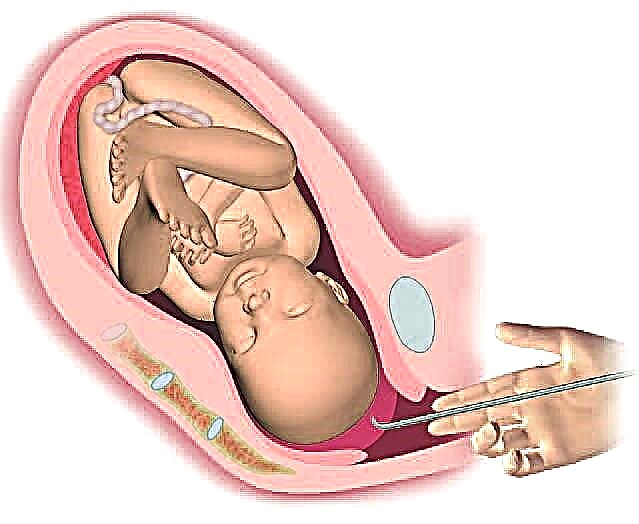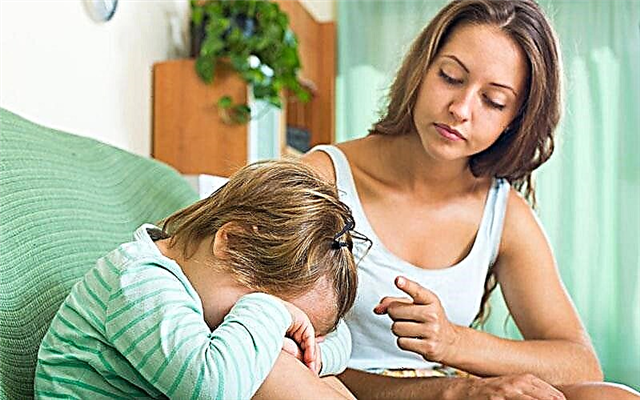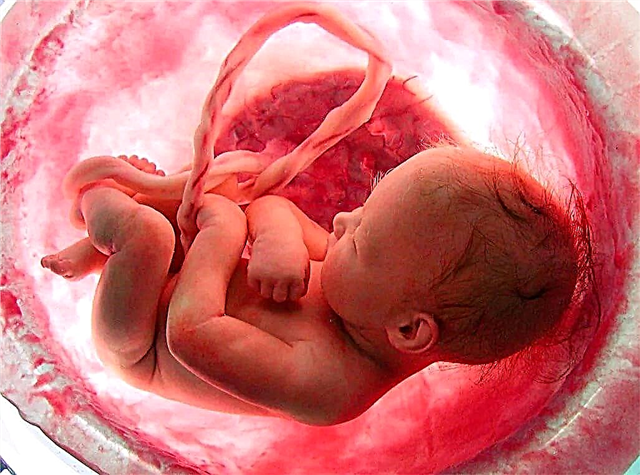The feeling that their ears are blocked is often experienced by people, especially when traveling by plane, diving to depths, or even just while taking an elevator. In these situations, the congestion disappears quickly enough. However, if it appears for no apparent reason, or other symptoms such as pain, severe itching, dizziness, or fever are present, this could indicate an infection or other problem that needs diagnosis and treatment. If a small child has a blocked ear, how should parents act in such a situation?

The baby has a stuffy ear
Causes of stuck ears in children
There are a number of reasons why a child has ear blockages. The most common ones are:
- Otitis media, allergic rhinitis, or colds. Ears are blocked due to mucus that gets inside, especially in children who often get sick with otitis media, or with enlarged adenoids;
- Formation of sulfur plugs;
- Chronic rhinitis;
- Water getting into the ears when swimming;
- Small children are able to put small objects in their ears, which can also block the ear canal;
- Deformation of the nasal septum;
- Long-term use of certain medications;
- Traveling by plane.
Does the ear always hurt with congestion?
Important! Ear pain occurs with inflammation caused by infections or severe internal injuries.
The child's ears are blocked, but they do not hurt in the following cases:
- plugs in the ear canals due to the accumulation of sulfur;
- penetration of water into the ear;
- ingress of small foreign bodies;
- the initial stage of the common cold;
- the consequences of using medications;
- minor ear injuries.
Determination of ear congestion in a child
The baby is not able to talk about his feelings, it is especially difficult to recognize that his ear is blocked if he does not feel pain.
Indirect signs of ear congestion:
- capriciousness;
- the child stops responding to loud sounds;
- the baby often raises his hands to the ear and turns his head.
If the infant begins to develop an inflammatory process, or the ears are seriously damaged, the following symptoms are observed:
- temperature rise;
- the pain causes severe crying, the baby constantly touches his ears;
- discharge from the ear canal appears.

Ear pain in a child
Diagnostic measures
Important! Only a doctor can determine why a child's ear is blocked. If parents notice suspicious symptoms, you should contact your pediatrician.
Based on the results of the initial examination, the doctor can refer the baby to a specialist. As a rule, this is a pediatric otolaryngologist.
Diagnostic measures:
- Feeling of the auricle and surrounding areas. If the baby has otitis media, the lymph nodes located next to the auditory organ may become inflamed. They will be enlarged to the touch.
- Otoscopy is used to detect wax plugs, traumatic injuries of the tympanic membrane and determine the condition of the internal ear cavities by visual inspection.

Otoscopy for babies
- Audiometry is performed if hearing is impaired.
- X-ray examination is prescribed in difficult cases, in infants it is carried out through the orbit.
Possible complications of a blocked ear
Important! In addition to ear pain, otitis media sometimes causes irreparable damage to the auditory organ. If it is repeated frequently, it can affect the child's predisposition to allergic reactions. Therefore, the disease must be treated in a timely manner, it is better to try to prevent it.
Swimming in a tub or pool can cause otitis externa in an infant if moisture enters the ear, prolonged exposure, and infection. This manifests itself through pain, itching, inflammation in the ear.

Baby bathing in the pool
Another consequence of moisture ingress is that sulfur accumulated in the ear canal absorbs water, swells and forms ear plugs.
The most severe complications of otitis media:
- Mastoiditis is an inflammation of the bone behind the ear. Symptoms of the disease are redness, swelling and pain behind the ear, as well as fever. The painful sensations will increase with pressure on the inflamed bone. Mastoiditis is less common and usually develops 10-14 days after the onset of otitis media;
- Meningitis - inflammation of the lining of the brain;
- Labyrinthitis is an inflammation of the inner ear. May cause severe dizziness and hearing loss.
Parents' actions before the doctor's visit
Earwax has an important function: it removes germs, retains dust, and protects the membranes of the ear canal. You should not try to remove it at any cost. Sulfur does not mean poor hygiene.
The ear canal is designed in such a way that it can be self-cleaning. The plug is formed in some cases due to the fact that it is too narrow.
Important! Children who often have upper respiratory tract infections (nose and throat) are most susceptible to cerumen.
Usually, the doctor removes the sulfur plugs by washing. It is sometimes said that you can do this at home by instilling hydrogen peroxide and other liquids in your ears, and then rinsing. It is strongly not recommended to wash your ears yourself.
It is very dangerous to try to clean the ears of a baby by inserting cotton swabs, since the sulfur can only be pushed further inward, and there is a risk of damage to the eardrum.
To prevent congestion of the auditory organ, the following measures can be taken:
- Do not often clean the external auditory canals, as the ear secretion will be produced more actively, which contributes to the formation of a plug.
- To avoid ear congestion from the ingress of water, it is necessary to facilitate its exit after swimming in the pool or bath. To do this, you need to tilt your head to the side and gently pull the auricle in several directions.
- When washing your hair, it is recommended to apply shampoo or soap to your hand first and then to your hair. This prevents the ears from filling with foam, which prevents fluid from escaping.
Incorrect blowing out with rhinitis often leads to mucus entering the ear cavity and the development of otitis media. Therefore, you cannot encourage the child to blow out mucus, you need to rinse his nose with saline or use vasoconstrictor drops.
If a child has a blocked ear, what to do if pain occurs? To relieve pain in the ear of infants, it is permissible to use Otipax drops. They are applied on a piece of cotton wool and placed in the ear of a child laid on its side. In this position, the baby should lie down for 15 minutes.
Important! In the presence of ear discharge, drops are not allowed.
Dr. Komarovsky recommends to immediately use vasoconstrictor drops to prevent the development of otitis media in infants with a cold. Ear drops should be used only after the baby has been examined by a specialist, since in the case of a damaged eardrum (which happens with otitis media), nothing can be buried in the ears.
Features of the treatment of newborns
Otitis media in infants is carried out only under the guidance of a doctor. In this case, the following types of treatment are used:
- Medication. Antipyretic drugs (Paracetamol) are used to lower the temperature. For purulent processes, antibiotics are used (Amosin). Also, vasoconstrictor (Nazivin), ear (Otipax) and antiallergic (Zyrtec) drops are prescribed, depending on the course of the disease;

Vasoconstrictor drops for babies
- Hygiene measures. They consist in rinsing the nose with saline, irrigating the throat with Miramistin, cleaning the auricle from secretions.
In addition, drinking plenty of fluids helps to loosen mucus. The newborn is given water in a bottle several times a day in small portions.
Council. In infants lying down, pain symptoms worsen. Therefore, you need to often raise the baby vertically.
Ear congestion in children is often a warning sign that requires parental attention. Preventive measures in many cases help to avoid it, it is better to eliminate the problems that have arisen under the guidance of a doctor.



